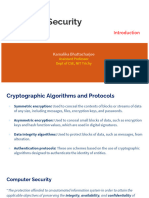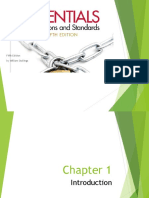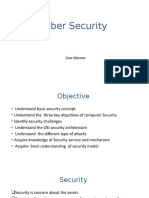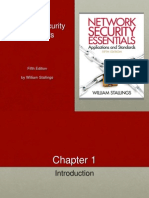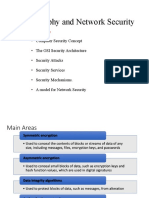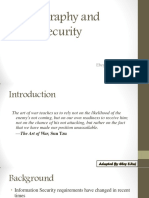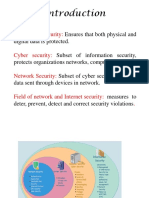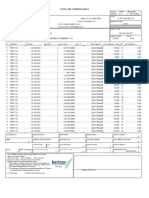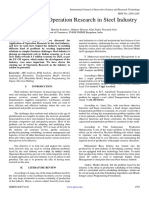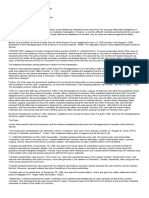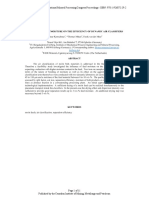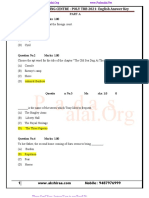0% found this document useful (0 votes)
18 views27 pagesComputer Security LEC 1
The document outlines the objectives and contents of a Computer Security course, covering topics such as network security, cryptography, and security protocols. It details the evaluation methods, key concepts of confidentiality, integrity, availability, and various security services, including authentication and access control. Additionally, it discusses security attacks, categorizing them into passive and active types, and emphasizes the importance of security mechanisms and challenges in maintaining effective security.
Uploaded by
asserkhairallah0Copyright
© © All Rights Reserved
We take content rights seriously. If you suspect this is your content, claim it here.
Available Formats
Download as PDF, TXT or read online on Scribd
0% found this document useful (0 votes)
18 views27 pagesComputer Security LEC 1
The document outlines the objectives and contents of a Computer Security course, covering topics such as network security, cryptography, and security protocols. It details the evaluation methods, key concepts of confidentiality, integrity, availability, and various security services, including authentication and access control. Additionally, it discusses security attacks, categorizing them into passive and active types, and emphasizes the importance of security mechanisms and challenges in maintaining effective security.
Uploaded by
asserkhairallah0Copyright
© © All Rights Reserved
We take content rights seriously. If you suspect this is your content, claim it here.
Available Formats
Download as PDF, TXT or read online on Scribd
/ 27




